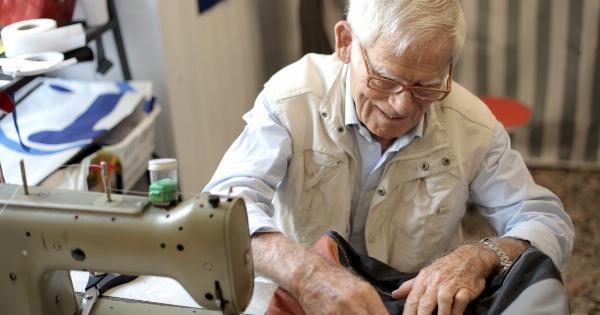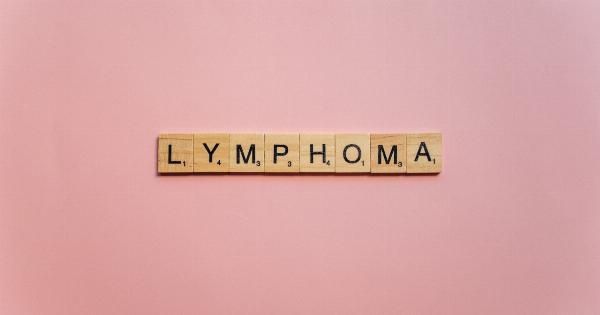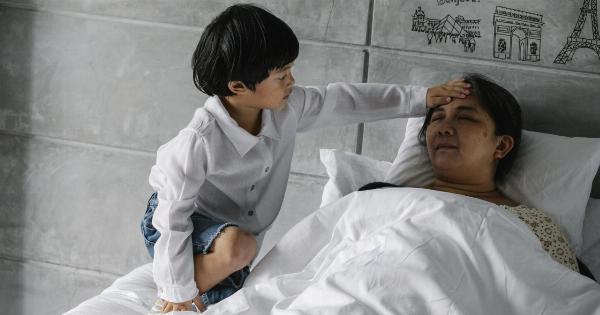Lung transplantation is a surgical procedure that replaces a diseased or damaged lung with a healthy lung from a deceased donor.
This life-saving procedure has a rich history in Chicago, with significant contributions from pioneering physicians and researchers over the years. Here is a brief overview of the history of lung transplantation in Chicago.
The Early Years
In the early 1980s, lung transplantation was a relatively new and experimental procedure. Dr. Joel Cooper, a surgeon at the University of Toronto, performed the first successful human lung transplant in 1983. Dr.
Cooper soon moved to the United States and became the director of the lung transplant program at the University of Pittsburgh.
In 1986, the first lung transplant in Illinois was performed at Loyola University Medical Center in Maywood. The patient was a 25-year-old man with pulmonary fibrosis, a disease that scars the lungs and makes it difficult to breathe. Dr.
John Love, the director of Loyola’s transplant program, performed the surgery.
Advancements in the Field
Throughout the 1990s, lung transplantation became more common and successful. In 1992, the United Network for Organ Sharing (UNOS) established a national waiting list for lung transplants.
In 1993, the first successful double-lung transplant in Illinois was performed at the University of Chicago Hospitals.
One of the most significant advancements in lung transplantation came in 1995, when a team of researchers from the University of Pittsburgh developed a new technique called ex vivo lung perfusion (EVLP).
This process involves removing the donor lungs and placing them in a specialized perfusion device, which allows the team to assess and improve the quality of the lungs before transplantation. The University of Chicago was one of the first institutions to adopt this technique.
Leaders in the Field
Several physicians and researchers have played important roles in advancing the field of lung transplantation in Chicago. In addition to Dr. John Love and Dr. Joel Cooper, who were mentioned earlier, other leaders in the field include:.
: Dr. Michael Mulligan
Dr. Mulligan is the chief of the section of cardiac and thoracic surgery at Rush University Medical Center.
He has been involved in lung transplantation for more than 25 years and has served as the president of the International Society for Heart and Lung Transplantation. Dr. Mulligan’s research focuses on improving outcomes for transplantation patients and expanding the use of EVLP.
: Dr. Ankit Bharat
Dr. Bharat is the chief of thoracic surgery and director of the lung transplant program at Northwestern Medicine in Chicago. He has been involved in over 1,000 lung transplants and is a pioneer in the use of ex vivo lung perfusion. Dr.
Bharat’s research focuses on the use of stem cells for lung repair and regeneration.
: Dr. Daniel Dilling
Dr. Dilling is the medical director of lung transplantation at the University of Chicago Medicine.
He specializes in the evaluation and management of patients with end-stage lung disease and is a nationally recognized expert in lung transplantation and pulmonary medicine.
Current Trends
In recent years, there has been renewed interest in lung transplantation as a treatment for end-stage lung disease.
According to UNOS, there were 2,537 lung transplants performed in the United States in 2020, a slight decrease from the previous year due to the COVID-19 pandemic. The use of EVLP continues to expand, and researchers are exploring new techniques for increasing the number of donor lungs available for transplantation.
Overall, the history of lung transplantation in Chicago has been characterized by remarkable growth and innovation.
Thanks to the dedication of physicians, researchers, and medical institutions in the area, patients with end-stage lung disease have access to life-saving treatments that were once unimaginable.




























